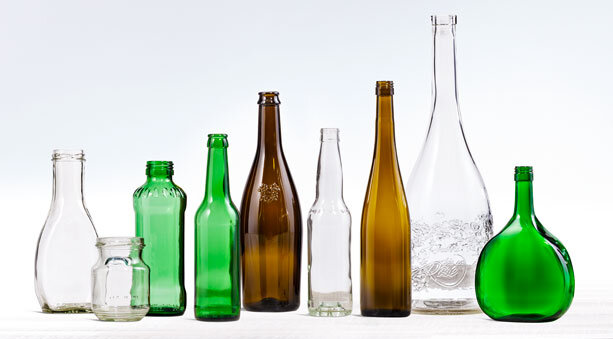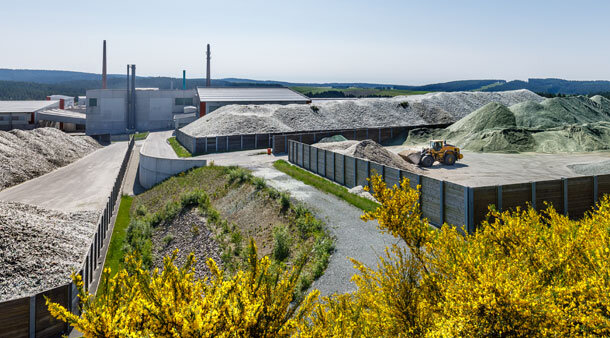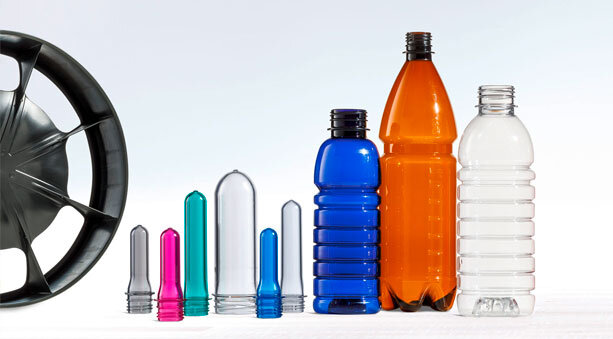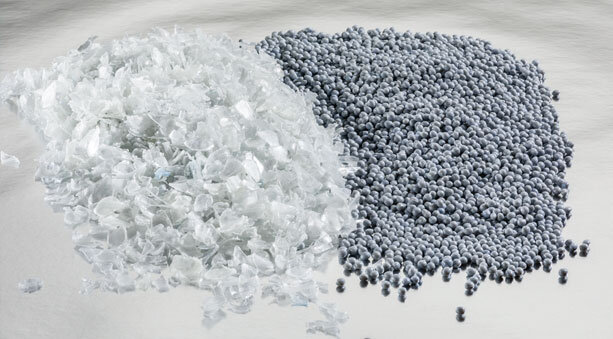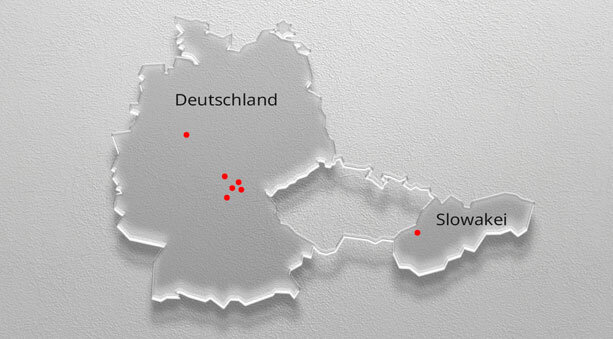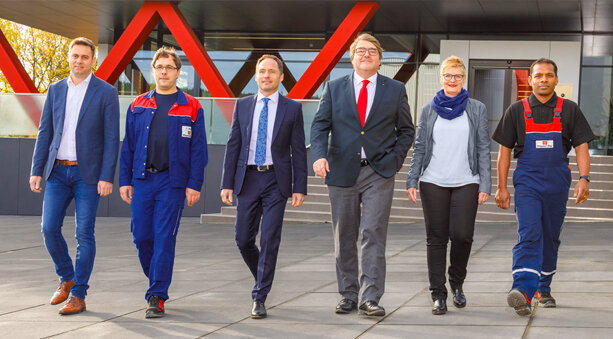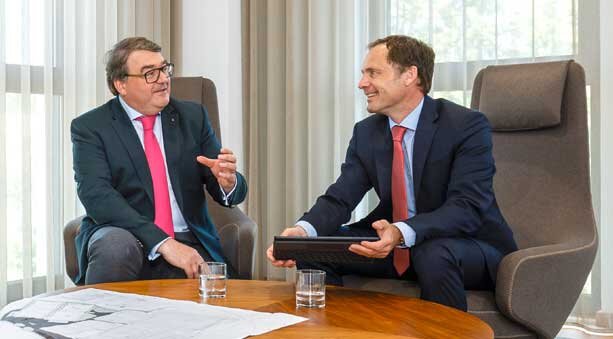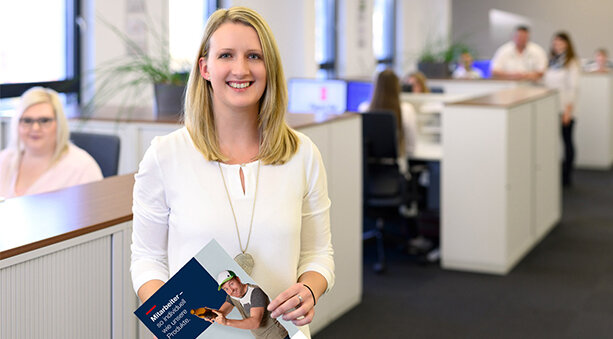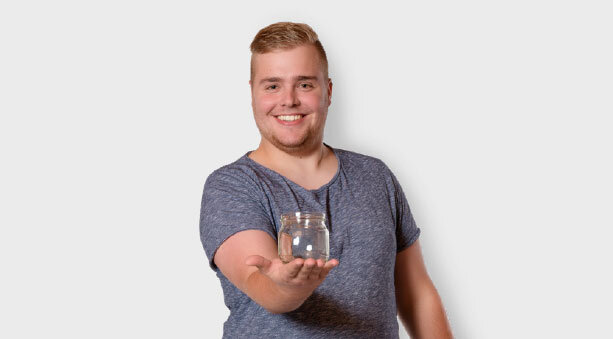The best bottles for the best wines
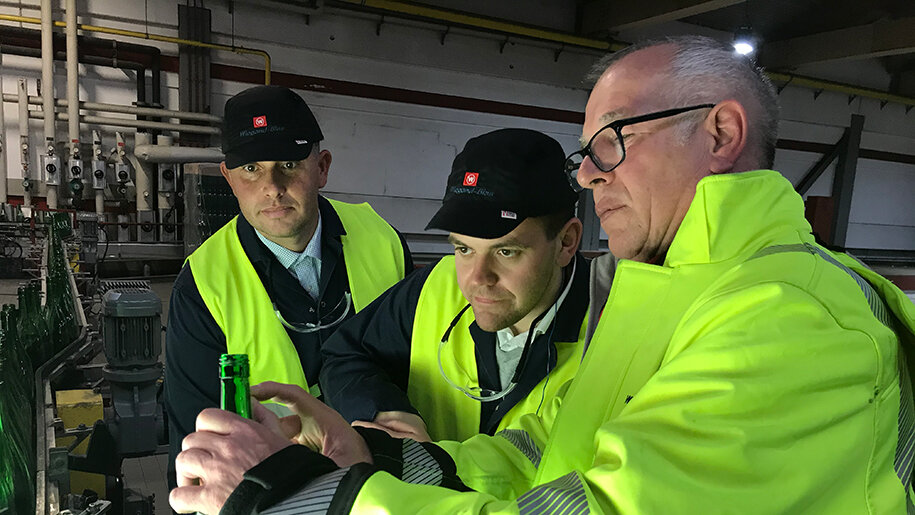
The RWZ subsidiary KLUG Fachgroßhandel für Kellereibedarf GmbH, a long-standing partner of Wiegand-Glas, attests in the RWZ-agrarReport that not all bottles are the same and mentions the particularly high quality of our products.
Quality and sustainability
The production of a good wine bottle involves a great deal of know-how. For winegrowers and wineries, quality in glass bottles is a top priority, as problems during bottling quickly lead to expensive losses. According to Christopher Franz, Head of Product Management & Development at the RWZ subsidiary KLUG Fachgroßhandel für Kellereibedarf GmbH, the quality of the bottles is determined by the sum of many details. He goes on to say that Wiegand-Glas is the Europe-wide industry leader when it comes to quality and sustainability of wine bottles. The extremely high quality of the wine bottles at an affordable price is achieved by Wiegand-Glas mainly thanks to immense energy savings. "Bottles are an energy-intensive product and sustainability is all the more important."
Nearly 10 % less energy due to maximum recycling rate
The 11 furnaces of the Wiegand-Glas group often use more than 80 % cullet and only 20 % primary raw materials, which mainly consist of quartz sand, soda, dolomite and lime. For every 10 % of waste glass used, the energy requirement is reduced by around 3 % and CO₂ emissions by 3.5 %, as the recycled cullet, unlike the primary raw materials, has already been melted. For comparison: in Europe, on average just over 50 % waste glass is used. Accordingly, the heart of Wiegand-Glas in Steinbach am Wald, Bavaria, is also the most modern waste glass processing plant, in which 1,600 t of glass are processed daily for the glass melting process. To this end, the cullet is separated from foreign matter and sorted according to internal specifications such as colour and size.
Preheating unit saves an additional 10 % energy
At a furnace temperature of 1,600 °C, a lot of waste heat is generated, which is not only used for the standard air heat exchange at Wiegand-Glas, but also in the preheater. This preheats the cullet and primary raw materials to 220 °C. This preheater alone saves 10 % on energy. The furnaces are heated by an alternating flame system with two flames alternating every half hour or so. While one flame burns on one side of the furnace, the hot exhaust air is conducted through grating stones on the other side of the pausing flame, so that these serve as heat accumulators. This increases the efficiency of the entire firing process. The glass gobs emerging from the furnace are blown into the finished glass bottle in a two-stage process.
X-Par: Quality control before quality control
Another speciality of Wiegand-Glas is the upstream X-Par. Immediately after the bottle production, before the actual quality control, an X-Par measurement is carried out while the glass is still hot, which checks for irregularities in the glass distribution. Inclusions in the glass are detected before entering the lehr and faulty bottles are sorted out and immediately melted again. Advantage: irregularities in the glass moulds are detected immediately and any problems in glass production can rectified quickly, resulting in significantly less waste.
Testing technology always up to date
After the annealing oven, each bottle is subjected to a complete series of automated quality checks. Are the mouths sealed? Are the parameters of wall and floor thickness maintained? Is the ratio correct and is the distribution in the glass good? Is the glass concave or convex, round instead of angular? Stress in the glass such as scratches, dents or tensions is detected by the Ultra-HD cameras. Although this testing technology represents a large investment, Wiegand-Glas also replaces the complete testing technology with each new furnace construction, which is carried out every ten years, ensuring the most up-to-date testing technology is always used, thus continuing to be the benchmark. Declared goal: using the best possible processes to produce the best possible wine bottles at an economically attractive price.
Added value through fast and trouble-free bottling
The result is bottles that stand out because they work perfectly and high bottling speeds are achieved. With machine costs in a large winery of EUR 1,600 - 2,000 per hour, a 10 % higher filling speed with an extended filler makes a big difference, calculated down to the individual bottle. But the quality and value of the wine bottles is also decisive for smaller winegrowers, as this is one of the factors that influence a customer's decision to buy. "We want to offer our customers first-class wine bottles for their product," explains Christopher Franz, "and work closely with Wiegand-Glas because we are absolutely convinced of the quality."
Source: RWZ-agrarReport 1/2020
